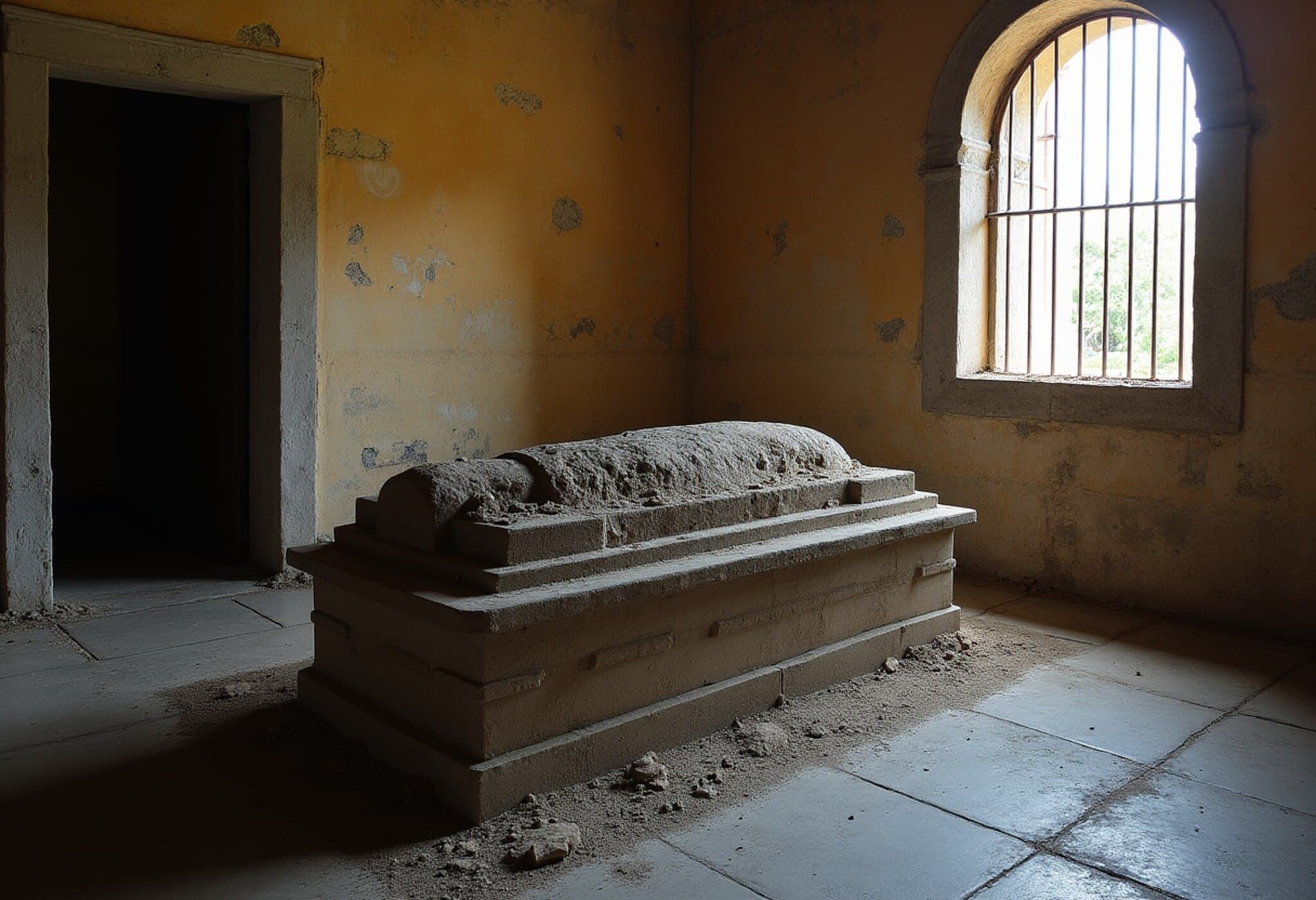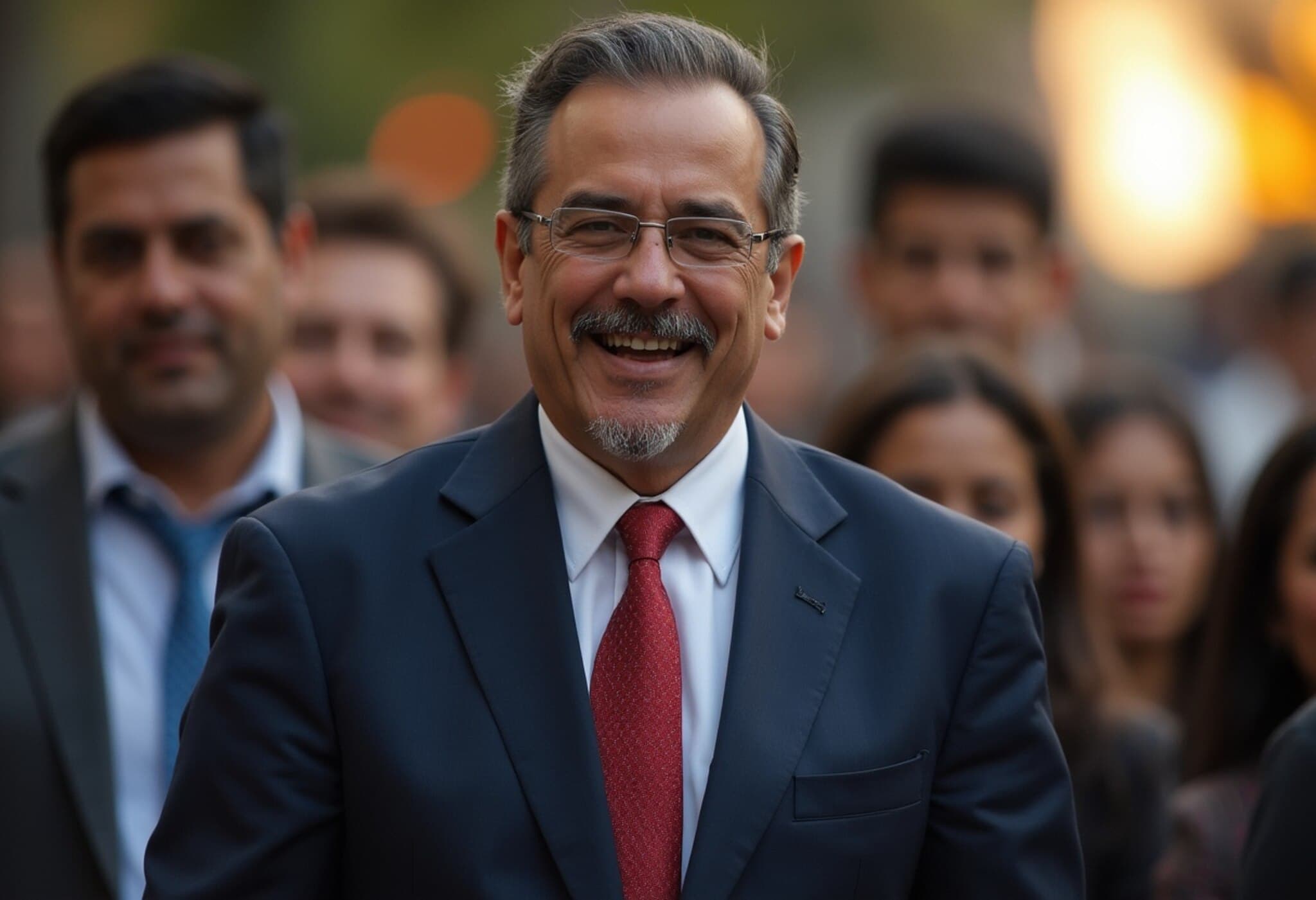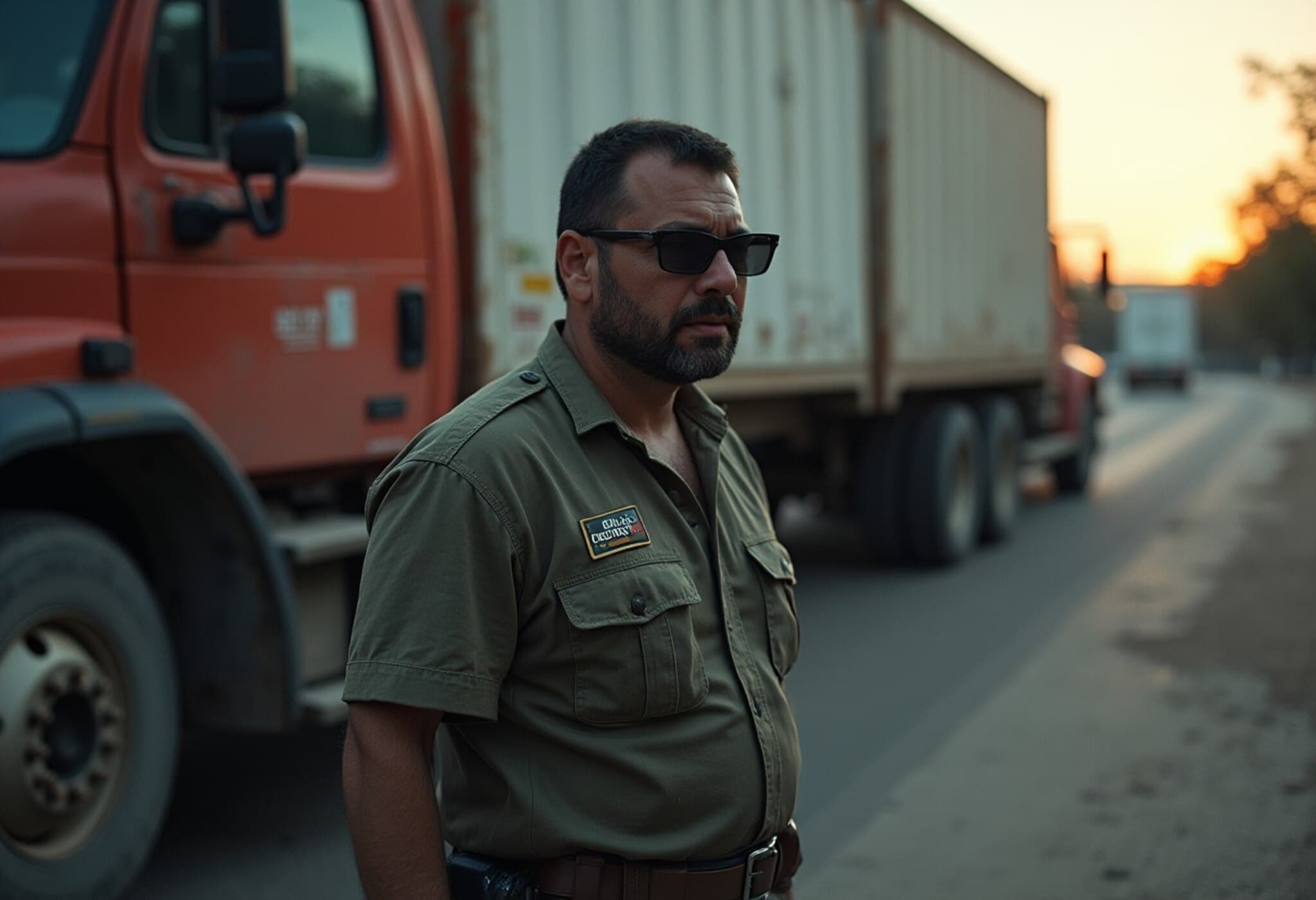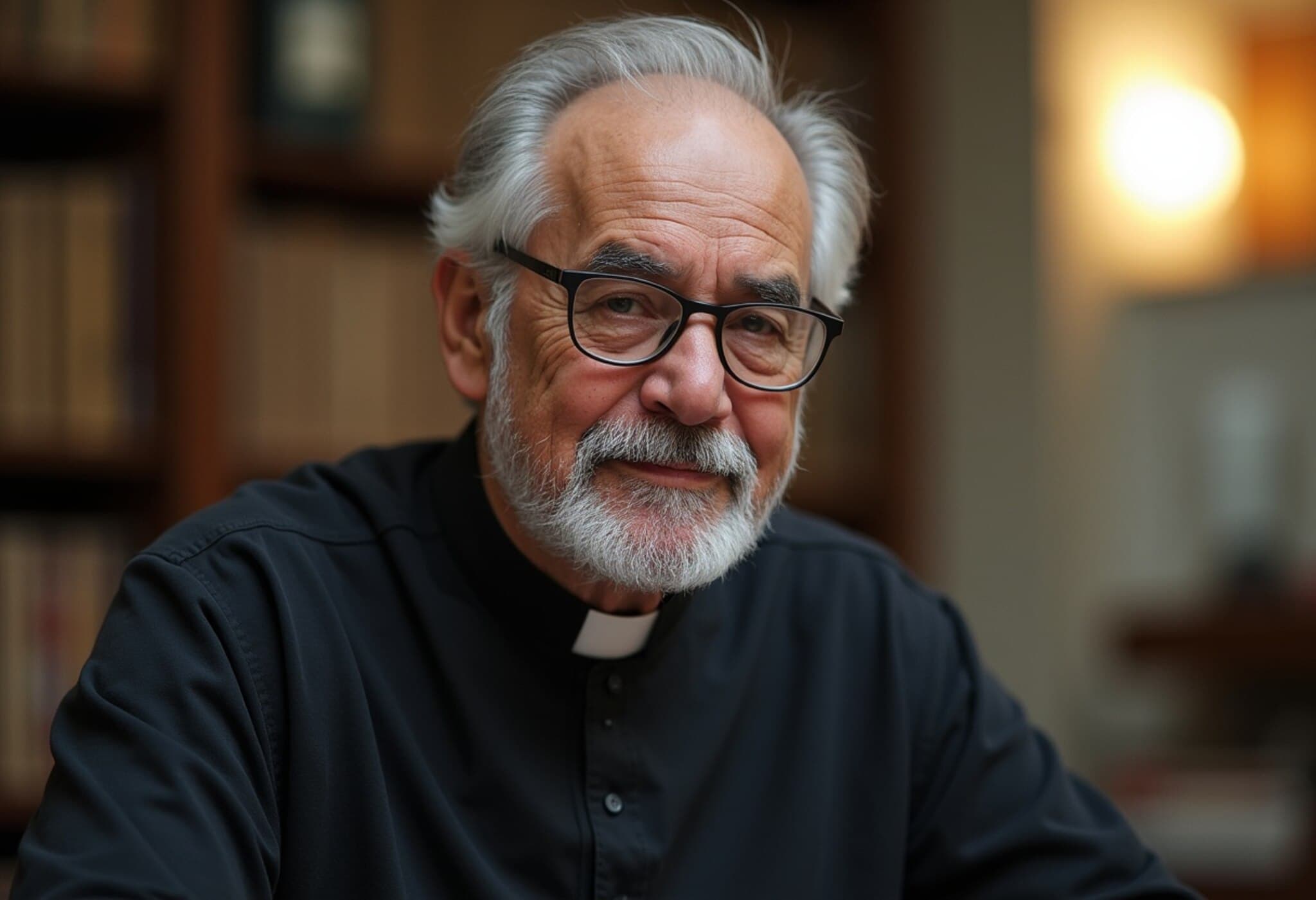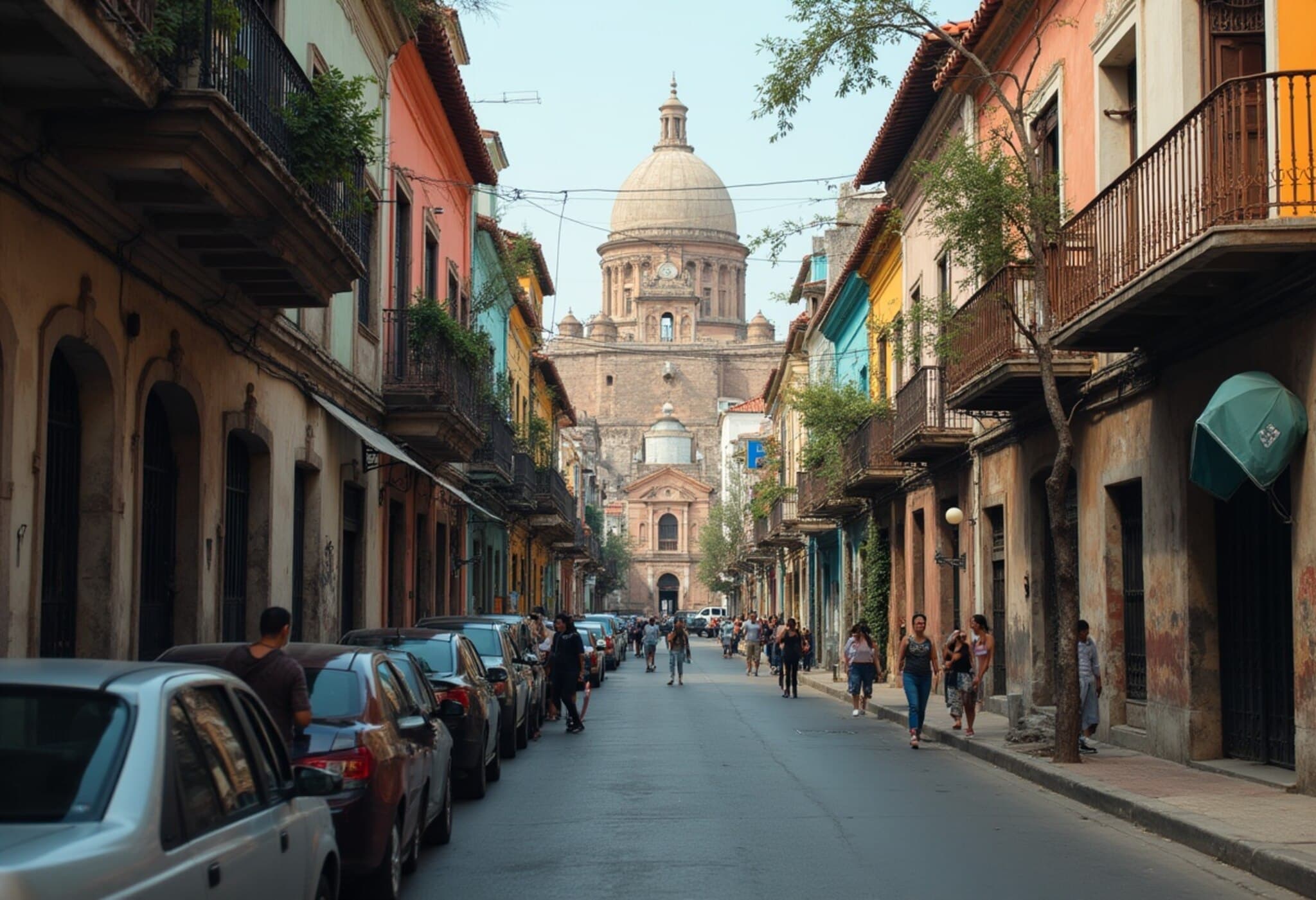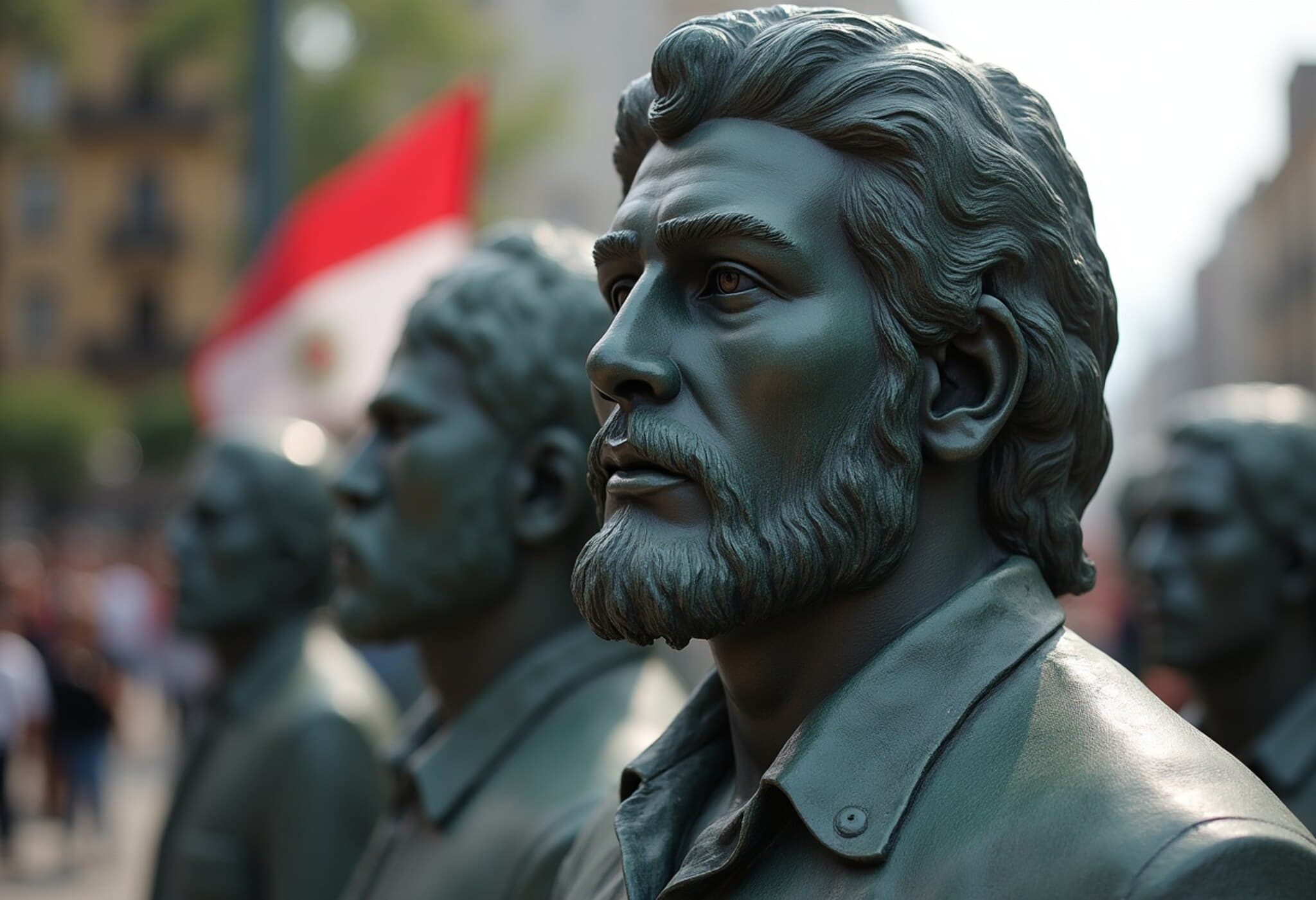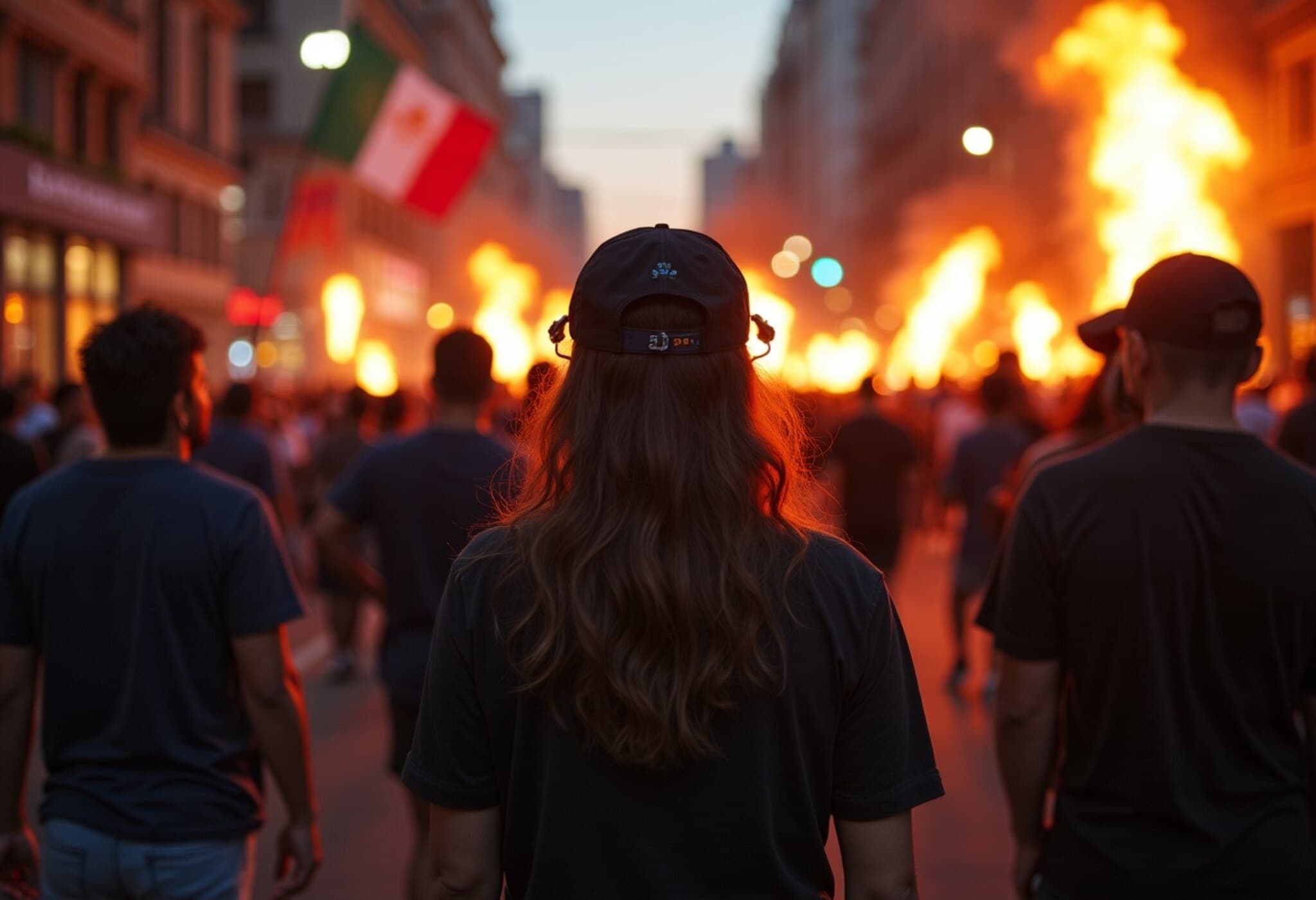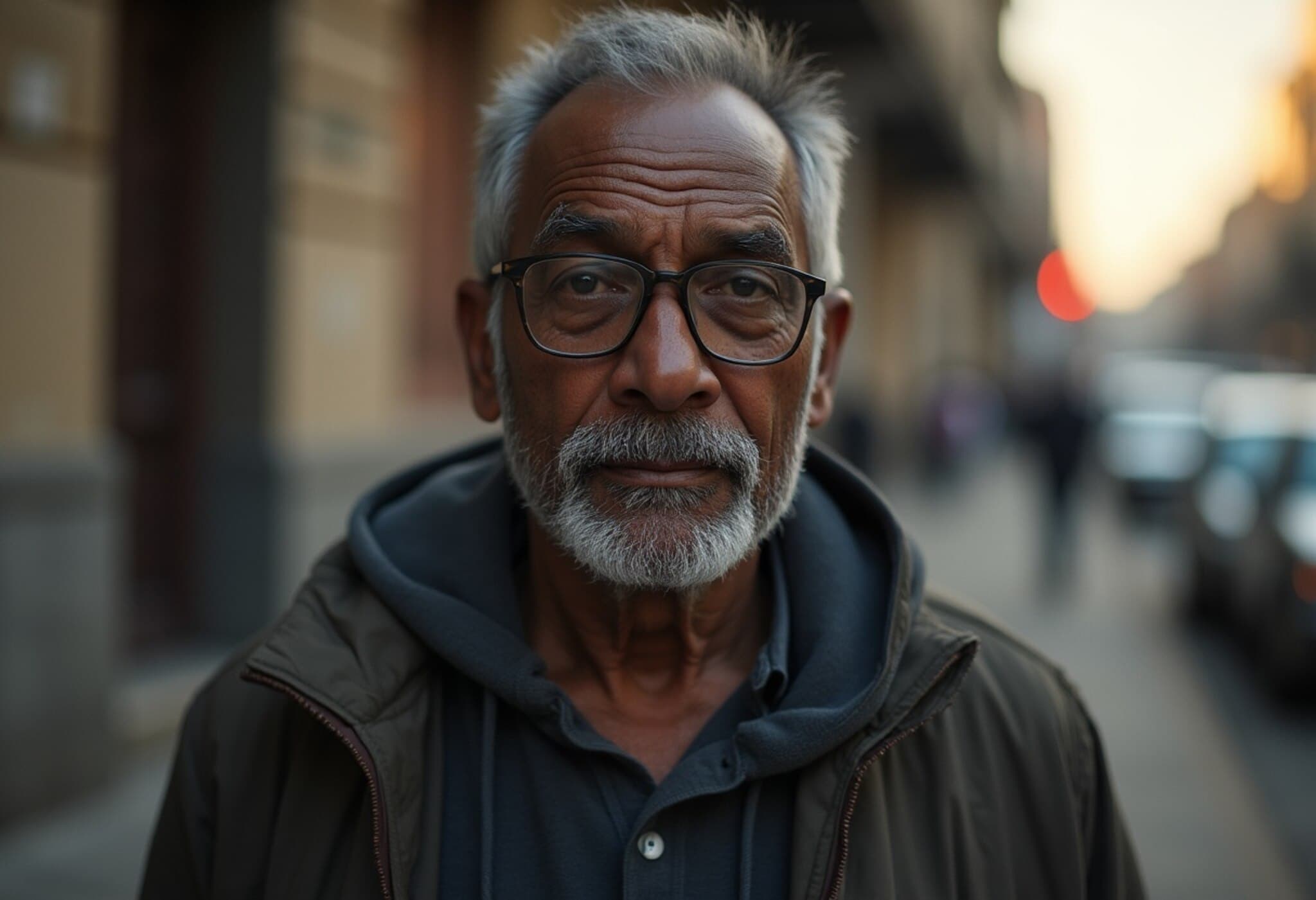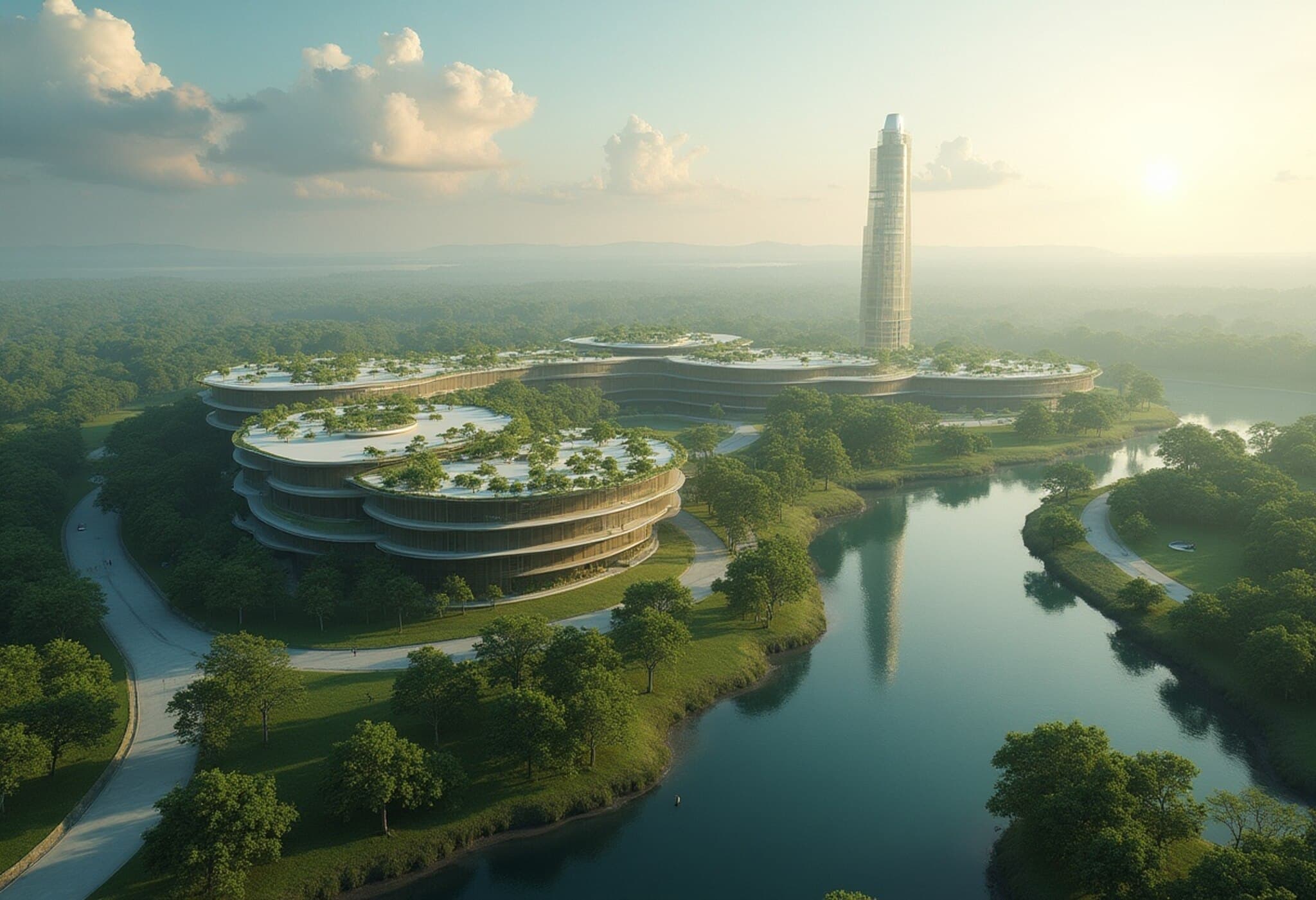The Forgotten Resting Place of Hernán Cortés in Mexico City
In the heart of Mexico City's historic center, the Church of Jesus the Nazarene stands quietly, its stained-glass windows cracked and its grounds littered with trash. Few visitors fill its pews during mass, and the surrounding plaza is a frequent gathering spot for pro-cannabis activists rather than tourists or historians. Yet within this modest, weathered church lies the tomb of Hernán Cortés — the Spanish conquistador whose 16th-century conquest over the Aztec Empire irrevocably reshaped the Americas.
Despite Cortés’s monumental role in history, his final resting place appears marked not by reverence but by neglect. Unlike Mexico’s grand mausoleums dedicated to national heroes, this tomb is enclosed in a simple stone wall, almost forgotten amidst urban decay and social tensions, reflecting the enduring ambivalence — if not outright disdain — many Mexicans harbor toward the man who triggered centuries of colonization and cultural upheaval.
Contested History and Modern-Day Disdain
The story of Cortés embodies Mexico’s complicated relationship with its colonial past. While some celebrate Spanish heritage, others see Cortés as the symbol of violence, exploitation, and genocide inflicted on Indigenous peoples. His 1525 order to execute Cuauhtémoc, the last Aztec emperor, remains a particularly potent grievance.
“Cortés is seen through a modern lens as cruel and brutal,” says Ilán Semo, a history professor at Iberoamerican University. “This perception shapes popular culture and dampens interest in his tomb to the point it rarely features in tourist guides.”
The tomb’s neglect also underscores Mexico’s political dynamics. President Claudia Sheinbaum’s administration has called on Spain for a formal apology regarding colonial atrocities, a move that resonates with anti-Spanish sentiments known historically as ‘antigachupinismo’. Conversely, Spain and some Spanish political parties maintain a more guarded or even celebratory view of Cortés, deepening the divide rather than fostering reconciliation.
The Tomb’s Journey and Symbolic Weight
Cortés died and was buried in Spain in 1547, but his remains have since been moved multiple times, reflecting both historical upheaval and political disputes. After Mexico’s independence in the 19th century, threats to desecrate his remains forced their secret relocation beneath the church's floorboards. Only in the 1940s were the bones rediscovered and placed currently within a stone enclosure in the church wall.
This restless journey mirrors the shifting perspectives of Mexican society toward Cortés — from conqueror to villain, from political opportunist to symbol of colonial trauma.
Present-Day Realities Surrounding the Tomb
The church itself struggles with more immediate challenges. Father Efraín Trejo, who tends to the church, laments the superficial judgments passed on Cortés without understanding historical context. Yet even he admits the church is far from pristine.
- Trash accumulates under broken glass.
- A tented “tolerance zone” for marijuana activists blankets the plaza with smoke.
- Street vendors occupy the surrounding space, adding to the lively but chaotic scene.
Adjacent to the church is the Hospital de Jesús, a facility founded by Cortés still functioning more than 500 years later. Paradoxically, while the hospital displays portraits and a bronze bust of Cortés, its modern administrators acknowledge that public reluctance tied to Cortés’s controversial legacy hampers fundraising efforts.
Community Voices and Indigenous Perspectives
Ulises Salomón, a young Indigenous street vendor, represents a broader sentiment among many native Mexicans: “Cortés is an insult to Native peoples.” His refusal to even enter the church exemplifies this prevailing attitude, highlighting how historical wounds remain raw and unanswered.
Such voices remind us that history is not merely academic but profoundly personal, shaping identity and politics centuries later.
Expert Commentary: Reconciling Past and Present
As Mexico continues to grapple with its colonial history, Cortés’s tomb stands as a tangible, if neglected, focal point of contested memory. Experts emphasize the importance of nuanced reflection:
- Historian Ilán Semo urges broader education about the multi-faceted nature of the conquest.
- Father Trejo calls for fairness in judging historical figures by understanding the era's context.
- Policy analysts note that symbolic reconciliation initiatives, such as formal apologies or heritage preservation, remain politically delicate but essential for healing.
Ultimately, the state of Cortés’s tomb reveals how historical legacies can shape national identity and international relations long after the events themselves.
Editor’s Note
Hernán Cortés’s resting place in Mexico City, emblematic of centuries of neglect and political tension, invites us to reconsider how societies memorialize complex historical figures. The mausoleum’s decay and underappreciation reflect unresolved debates over colonial legacies in Mexico and beyond. As public discourse shifts towards greater historical reckoning, how might Mexico reconcile pride in its rich heritage with the painful realities of conquest? And what role should figures like Cortés play in educational, cultural, and diplomatic narratives moving forward?
This story urges ongoing conversation about memory, identity, and the ongoing impact of history on contemporary society.

